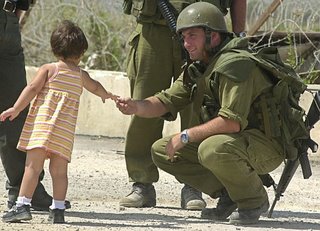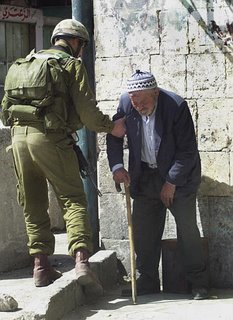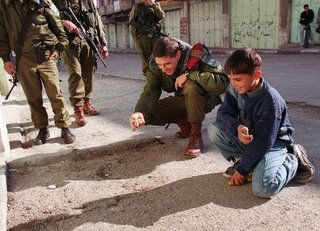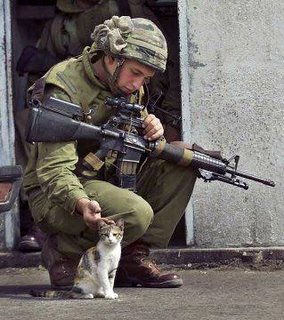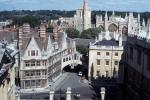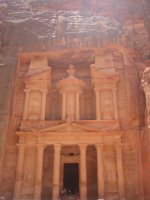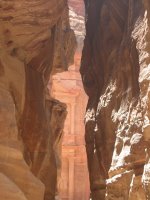Underbelly of the Urban Beast
Bike lanes connect the Mission District with Bayview/Hunters’ Point, the industrial and residential underbelly of San Francisco. Last week, I flew there on my bike, down Cesar Chavez Blvd. and the length of Evans Ave., swinging around the power plant and onto Inness Ave. to the office of Literacy for Environmental Justice (LEJ). This non-profit organization is the beneficiary of the sponsored half-marathon I’ll be running at the end of the month, and they wanted to take a photo of me flexing with a view of the bay behind me.
I toured the office, and Pam Calvert took me down to the community gardens at Candlestick Park, where the plots are on raised beds of healthy soil, as the land is still a Superfund site being remediated for nuclear materials and other toxics. It was decommissioned as a naval base and made into a park in 1977, when the park was founded. Military housing became residential, but a central business district never formed, and unemployment and gang culture is rife in these neighborhoods.
We walked to Heron’s Head Park, which boasts a unique vista on the Bay, and a great view of the city’s recycling plant and new solar-paneled roof. 1200 young students come here every year already for environmental education programs, and as the power plant closed last year, a new environmental education center is in the works for this area. It’s just beautiful here, in the same poignant, post-“drain-the-marshes”, recovery period beauty I know from my wandering in the Heinz National Wildlife Refuge in Philadelphia and the Hackensack Meadowlands in Jersey. In all these places, you see a diversity of estuarine reeds and grasses and birds in the foreground, heavy industry in the background, and a renaissance of urban canoeing, birding, environmental education that attempts to teach that nature is not somewhere else “out there”, but imminently here, a unique urban wilderness in the underbelly itself. We’re realizing that using a marsh’s natural capacity for filtration and recreation is much more valuable and safe than the additional filtration plant and pavement. Because these recovering wetlands are always adjacent to power plants and a city’s hardest-off residents, restoring these areas is a win for environment justice.
The LEJ office, Pam explained to me, is on neutral ground, in terms of gang territoriality at Hunter’s Point. This makes it easier for youth to come to the office for activities, and to buy the fresh, local produce they sell there. There is no supermarket in the neighborhood, only corner stores with little fresh produce, so LEJ has begun to receive direct shipments of produce from local farmers that they sell on Inness Ave. The youth they work with will soon learn to operate the truck and make home deliveries themselves. Pam described the need for public education on this front. “Once it’s less available, it loses its place in the meal, and when you see raw vegetables, you don’t even know what to do with them.”
On July 4, Mickey and I celebrated our nation’s independence by running our first-ever 12-mile run. I’m glad I’m going to be ready for this race. It's a comfort that there are activities with finish lines.
